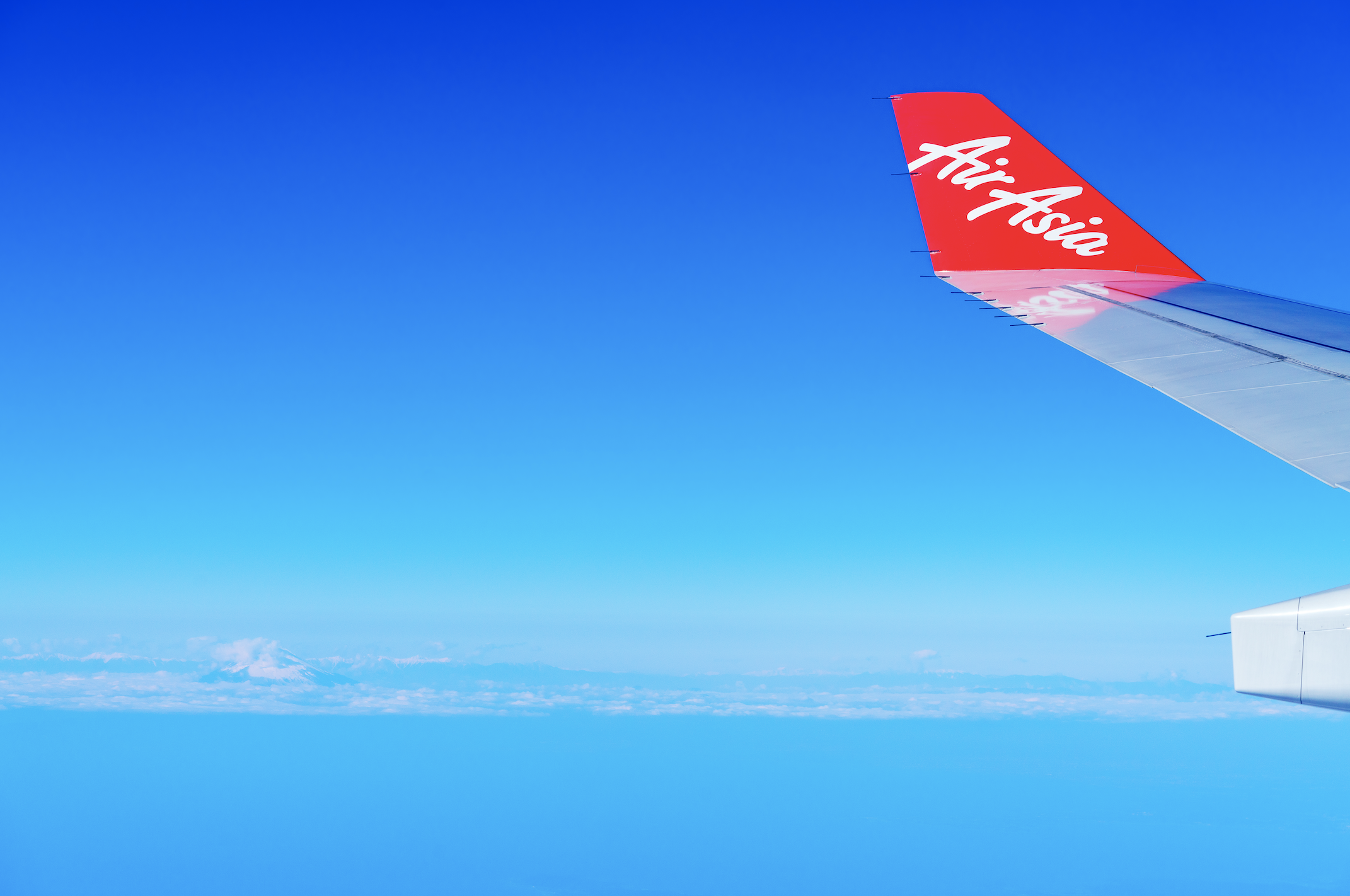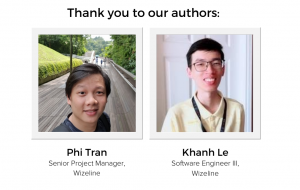Since we opened our Vietnam delivery center in Ho Chi Minh City in October 2018, the team has grown significantly to include all types of engineers, designers, solution architects, project managers, and other key roles. Our teams collaborate to deliver high-quality technology solutions to customers like True Digital, Digital Arts Network/Mastercard, and AirAsia.
In this blog, we’re going behind the scenes with two team members to learn what it was like to work on the AirAsia project specifically, where the team built two new applications and integrated them with the client’s industry-leading superapp to bundle flights and hotels for the first time.
First, please introduce yourselves and your roles at Wizeline.
Khanh Le: Hello everyone! My name is Khanh Le. I’ve been a software engineer at Wizeline for about 2 years.
Phi: I’ve been working at Wizeline for more than a year as a Senior Project Manager. My role is responsible for managing projects at the Wizeline Vietnam office serving clients in the Asia Pacific region.
What were your roles specifically on the project for AirAsia?
Khanh: I started out on the project as a developer for the HOTEL team, then later became the technical lead for both teams.
Phi: There were two projects called SNAP and HOTEL running in parallel under the AirAsia account at that time, and I was managing both of them. I ran the projects in an Agile fashion, which is a common practice here at Wizeline. As is typical for a project manager, I was also in charge of project P&L, deliverables, team health, etc.
How did you collaborate with other Wizeline teams to bring the project to life? Were any other locations involved?
Phi: We worked with the Delivery Director, Engineering leaders, and Staffing (APAC and GDL) to assign proper resources to the projects. Some team members were even sent from Guadalajara to Ho Chi Minh City to help supplement the team!
We had a Delivery-Engineering leadership sync on a bi-weekly basis to talk about major project updates, and how to handle risks and issues in a strategic manner.
Anytime there were challenges with the team or team health needed to be improved, we reached out to the People Managers and People Ops team after talking to the individuals. We wanted to make sure any issues were communicated properly and the solution was a result of a joint effort.
Khanh: I think everyone from the Engineering, QA, DevOps, Technical Writing, and Delivery teams delivered their absolute best effort on the project, and I’m very proud of the team.
In the project, we helped AirAsia build and launch two new applications — HOTEL and SNAP. Both of these are now part of the company’s superapp. Was there anything particularly challenging about the project given that the apps were part of a larger ecosystem?
Khanh: SNAP and HOTEL were the first applications developed natively for mobile under the AirAsia superapp — previously it was all web-based. And being the first came with lots of challenges, from integration and deployment to testing and performance. We were able to come up with an interface-modular approach where we could develop and test our implementation independently, which resulted in quicker integration. This also made it easier for the mobile team at AirAsia to integrate our apps into their superapp.
I think communication with AirAsia was also a big challenge. There were so many people and teams within AirAsia that we had to communicate with in order to have a successful release, and I think the team did a great job on this.
Phi: Interestingly, the team actually built two versions of each application. The web version is a part of a larger web-based ecosystem and the native app version is, as Khanh said, a part of the company’s superapp.
A big challenge came to the Wizeline and AirAsia teams after we successfully launched the MVP versions. AirAsia wanted to release new features in a shorter period of time, and of course continuously. The client accepted there would be challenges, but anything that would cause the superapp to crash or stop end users from completing their bookings was not acceptable.
We had to speed up the integrations. It was not too hard for the web version, but it was much more challenging for the native app version because the client’s mobile team was responsible for handling the integrations with the superapp, and we had to work to equip them with what they needed to integrate the native apps we built. So, if something didn’t work, they would reach out to us and we would investigate together to figure it out.
Both the Wizeline and AirAsia teams had to go the extra mile to make this work. The app version of a feature was usually prioritized over its web version so that we could start integrating a new feature to the superapp while the development of its web version was still in progress. With this in mind, the two development teams had to optimize collaboration and preparation processes.
The situation continually got more complex and we had to keep solving challenges day in and day out. We had to ask: In case some enhancements of a specific feature go wrong, can we go back to the old version? If a feature is ready in our apps, but the end-to-end functionalities are not ready yet due to some dependency, could we just move it to production in a disabled mode and turn it on when everything is ready?
There were a lot of debates, tough discussions, and great ideas from both sides on those topics, and at the end of the day, we were able to come up with a working solution in which we achieved a great balance between business and engineering. And it was not only important to solve the challenges, but also that we addressed them together with the client to identify mutual benefits and constraints.
How did Wizeline’s Google Cloud Platform expertise play into this project? Can you tell us more about how AirAsia relies on GCP for its applications?
Khanh: AirAsia has operations in multiple regions, notably South East Asia, East Asia, and South Asia, and has millions of customers every year. Therefore scalability and high availability are the most important aspects when developing a new solution for AirAsia. With apps that are built on top of GCP, this can be done with ease. For example, at first, SNAP was only available in Malaysia, but one month later it quickly became available across other countries in South East Asia thanks to this scaling capability.
Phi: We had multiple GCP-certified developers in the team, and those that weren’t certified had hands-on experience working on Google solutions. These definitely enabled us to do GCP-related work smoothly and to consult the client on how to do things right with GCP.
Very cool. Thank you for taking the time to answer my questions. In closing, what would you say to someone thinking of joining the Wizeline team?
Phi: Join us to enjoy a flexible environment in which you’re able to choose where you work, select the best solution for the problem you’re solving, and develop yourself sustainably.
Khanh: What Phi said! 🙂
Want to learn more about our work with AirAsia? Read the full case study here.






